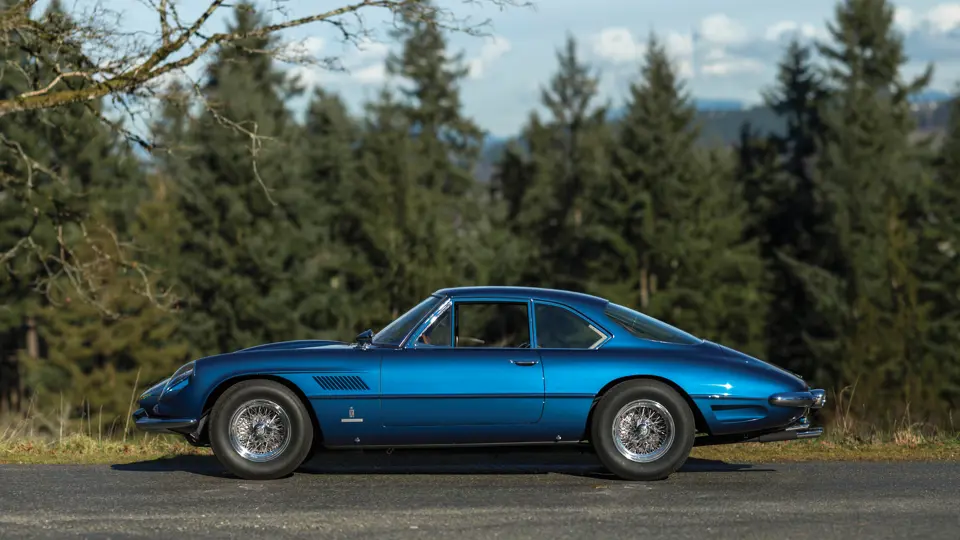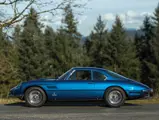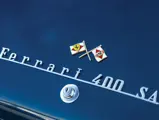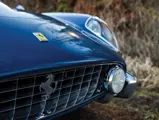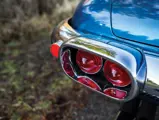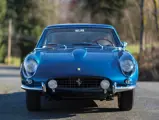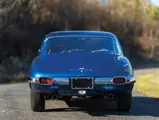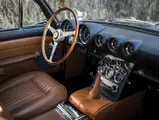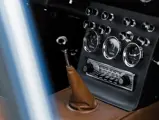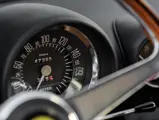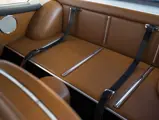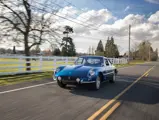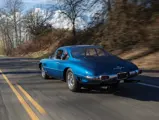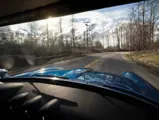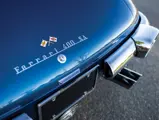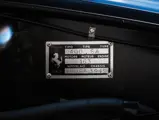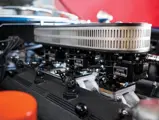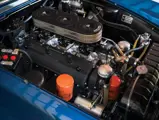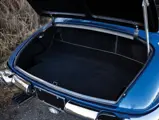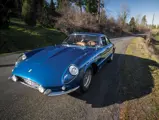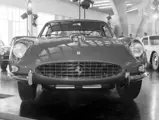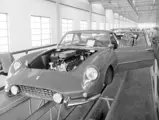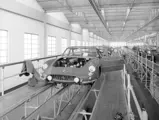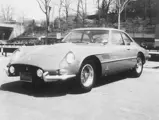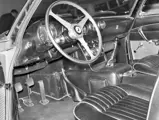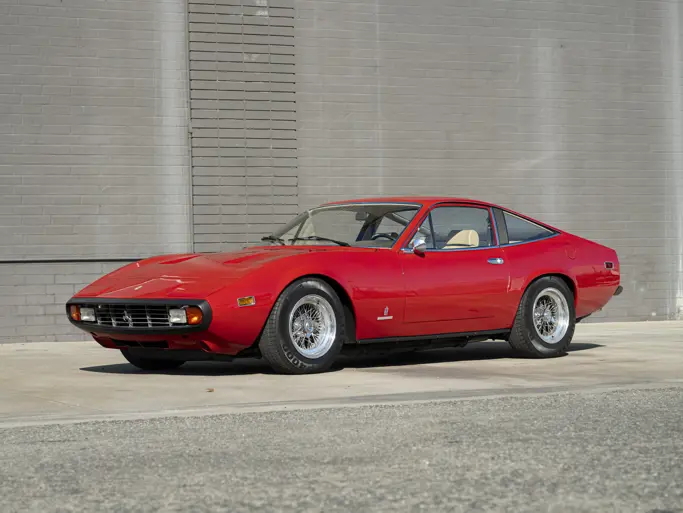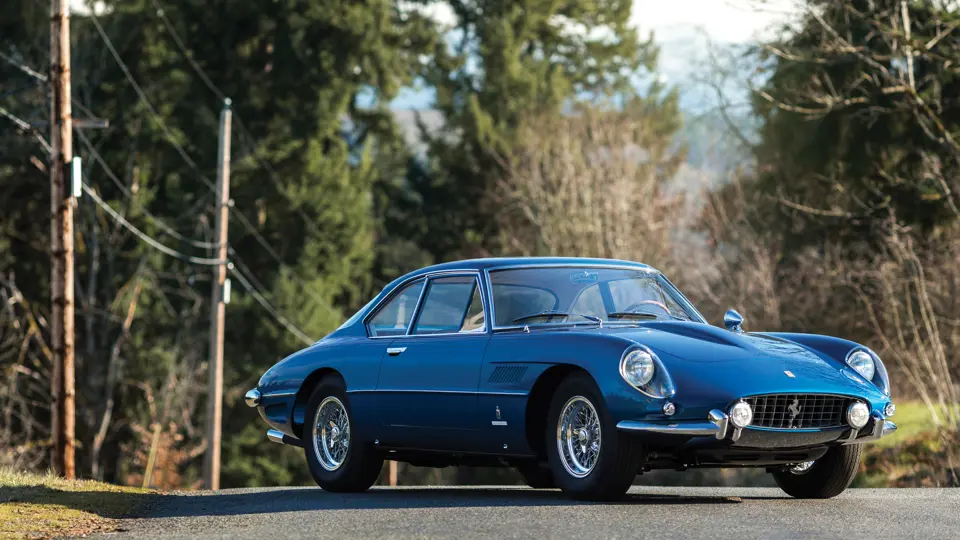
1962 Ferrari 400 Superamerica LWB Coupe Aerodinamico by Pininfarina
{{lr.item.text}}
$4,400,000 USD | Sold
{{bidding.lot.reserveStatusFormatted}}
- The 1962 Turin Automobile Show car
- A factory covered-headlamp example with numerous special-order features
- Originally delivered to American sportsman Erwin Goldschmidt
- Well-known ownership history; only four family owners from new
340 bhp, 3,967 cc SOHC V-12 engine with three Weber 40 DCZ 6 carburetors, four-speed manual transmission with overdrive, independent front suspension with unequal-length A-arms and coil springs, live rear axle with semi-elliptic leaf springs and parallel trailing arms, and four-wheel hydraulic disc brakes. Wheelbase: 102.3 in.
The hypercar—an automobile of performance insane in comparison to its contemporaries—is often thought of as being a late–20th century invention. It is nothing of the sort. It existed in the 1960s, when Ferrari built its series of Superamerica and Superfast cars for its very best clients, that tiny percentage of men (and the occasional woman) who regularly bought the company’s automobiles and had earned something a little extra. Each was coachbuilt on a chassis derived from the latest racing engineering, with a fearsomely powerful engine. In the 400 Superamerica, this translated to the new Colombo short-block V-12, bored out to nearly 4.0 liters and fitted with 250 TR–style outside plugs. It was mounted on an advanced chassis with Dunlop disc brakes and an overdrive that increased the top-end ratio by 28 percent, markedly improving the car’s performance and road manners and bringing its driving characteristics in line with the sumptuous luxury of its interior.
The car offered here is the iconic 400 Superamerica, the long-wheelbase coupe aerodinamico, one of 18 similar vehicles built. Like almost all of its brethren, it has a distinguished and fascinating history, deserving of an automobile that defined its own genre.
ERWIN GOLDSCHMIDT AND HIS FERRARI
Goldschmidt was impressively wealthy, his father having been a German banker who fled to the United States in 1933. He was a talented racing driver, famously winning the Watkins Glen Grand Prix behind the wheel of an Allard in 1950 and going on to other successes in his Ferrari 375 MM and, later, a 375 Plus. He was a bookish perfectionist of mercurial personality, who insisted upon the best of everything in life and who pursued his goals relentlessly. Uneased by the Nazis’ requisition and subsequent sale of his family’s impressive art collection, he spent decades on the hunt and in and out of courtrooms, acquiring the pieces back—and then sold them at Sotheby’s for numbers that are still impressive.
He was, in short, exactly the sort of iconoclastic personality for which a 400 Superamerica was a perfect fit. And so, perhaps unsurprisingly, in December of 1962 he took delivery of chassis number 3949 SA, in Davos, Switzerland, with the car having been driven out to the vacationing Goldschmidt clan from Modena by a factory test driver, accompanied, it is said, by several logs of its new owner’s favorite Italian salami, a gift from Enzo Ferrari.
Chassis number 3949 SA was already a car familiar to the relatively young scene of tifosi, having been shown on the Pininfarina stand at the 1962 Turin Automobile Show. It had been ordered directly through Dr. Amerigo Manicardi, director of sales in Maranello, and in typical fashion, Goldschmidt had specified many details of its finish. The car was to be painted Rosso Cina with black upholstery and matching black-faced gauges; two pieces of fitted luggage were supplied for the rear parcel shelf, and a leather bolster was added between the front seats, as a saddle of sorts for the Goldschmidt children. Mrs. Goldschmidt requested an alloy grab handle on the passenger side, as well as red trim to the upholstery. Competition-style covered headlights were specified, as were Marchal driving lights and, most significantly, extractor vents in the lower rear fenders, which serve as this car’s instant unique identifying characteristic. From the rear, SNAP exhaust extractors produced a glorious noise, indeed.
Perhaps because of its one-off characteristics for a special client, chassis number 3949 SA was used not only as a showpiece but also for Pininfarina publicity photography, which appeared in the 1962–63 edition of Automobile Year and subsequently in Angelo Tito Anselmi’s La Ferrari di Pininfarina.
Then delivered to Davos, the 400 Superamerica accompanied Erwin Goldschmidt and his family for some 1,300 miles of European touring and then was serviced at the factory before accompanying them to the United States. Upon its arrival here, it would be enjoyed by its gentleman owner for the remaining 17 years of his much-too-short life, mostly as a weekend driver but also for events of the nascent Ferrari Club of America, including the 1967 meeting and concours at the Showboat Inn in Greenwich, Connecticut.
MODERN HISTORY
Following Mr. Goldschmidt’s passing in 1970, the 400 Superamerica was taken over by his son, Anthony, who had so often ridden on its center bolster as a child. Subsequently driven to his own home in California—a cross-country trip no doubt of thrills aplenty!—it was entrusted in 1977 to renowned Ferrari specialist Bill Rudd for a complete mechanical and cosmetic restoration, lasting over six months. Later, in the fall of 1979, it graced the cover of Cavallino magazine’s 7th issue and was the subject of a feature article within by Ferrari historian Allen Bishop, humbly titled “The Greatest Beast of Them All.”
Shown over the years at various Southern California concours and FCA meets, as well as in the Petersen Automotive Museum, the 400 Superamerica was finally sold by its original owner’s son in 2003. Its buyer then was the noted Arizona collector Ron Pratte, from whom it was soon acquired by renowned coachbuilt Ferrari connoisseur Lee Herrington, who would own it for nearly a decade. Mr. Herrington displayed the car at the XV Palm Beach Cavallino Classic in 2006, receiving an FCA Gold Award, and saw it displayed at the Amelia Island Concours d’Elegance in 2007.
In 2012, the 400 Superamerica was purchased for its current owner's own illustrious collection. Recently, it received a complete concours-quality restoration by the noted marque specialists at Dennison International of Puyallup, Washington. As part of this work, the body was stripped down to bare metal and refinished in a fine Blu Chiaro Metallizzato, an original color from the Pininfarina paint-chip book, with a proper tan interior retaining the original special-ordered features requested by the Goldschmidts in 1962. During restoration the door sills and floorpans were replaced, while the balance of the panels remain original, including the roof, doors, hood, and deck lid, preserving the integrity of the body for future generations. The original engine, gearbox, and rear axle were all fully rebuilt by Dennison’s in-house craftsmen and the engine dyno-tested to produce its proper correct output. Extensive research went into ensuring that all components of the car would be correct, including installing proper original horns and headlights; the Borrani wheels are also correct and beautiful.
One of the most significant 400 Superamericas, the finely and uniquely detailed chassis number 3949 SA is still a one-of-a-kind masterpiece that makes a lasting impression on all who see and drive it. Erwin Goldschmidt would have had it no other way.

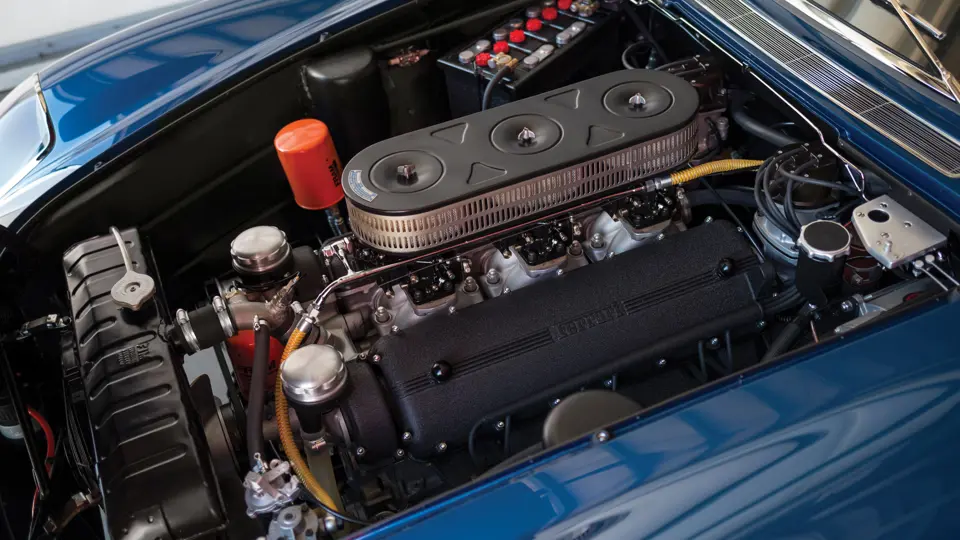



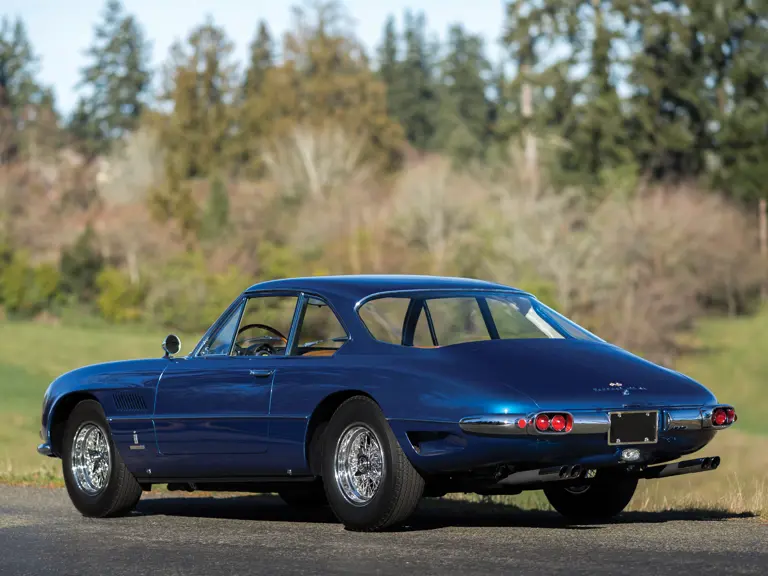
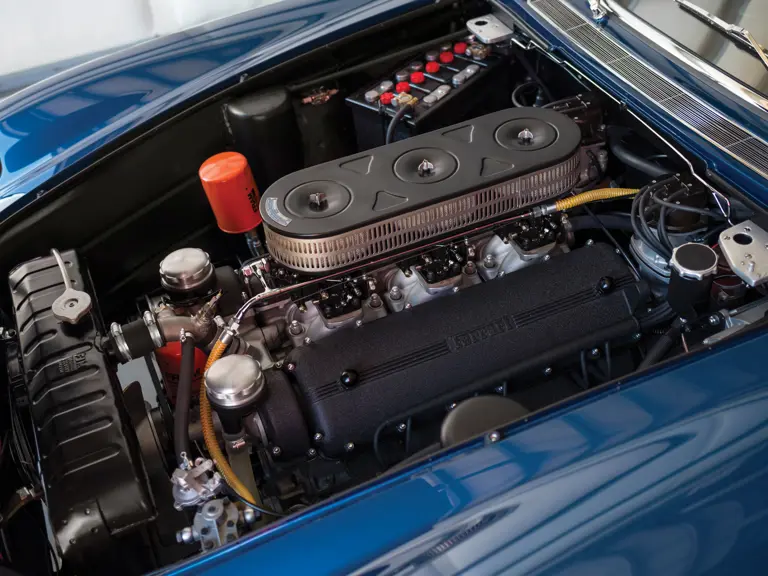
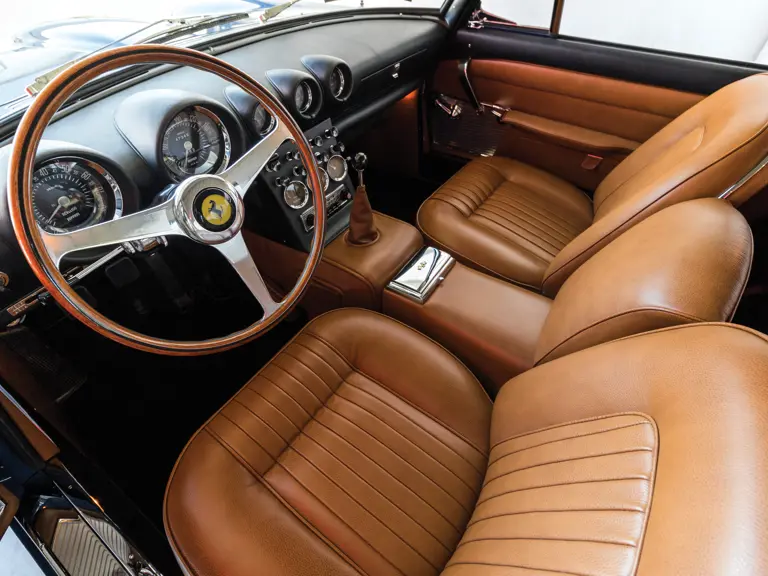
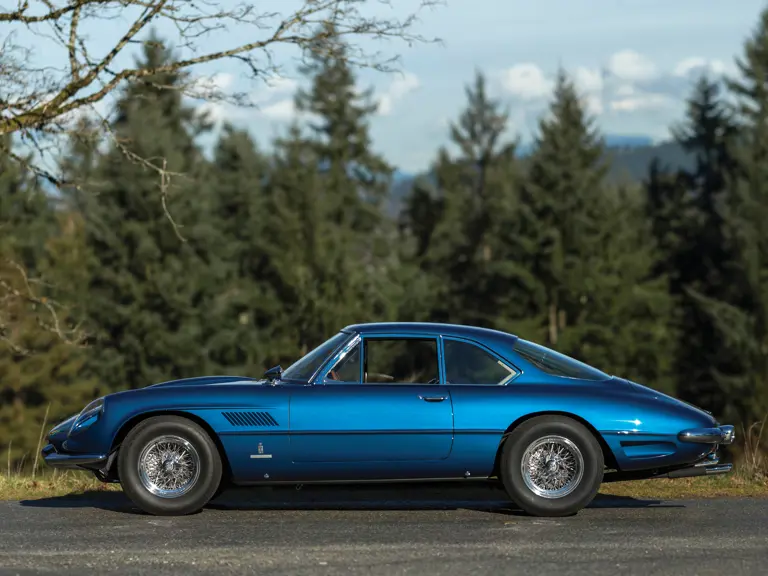
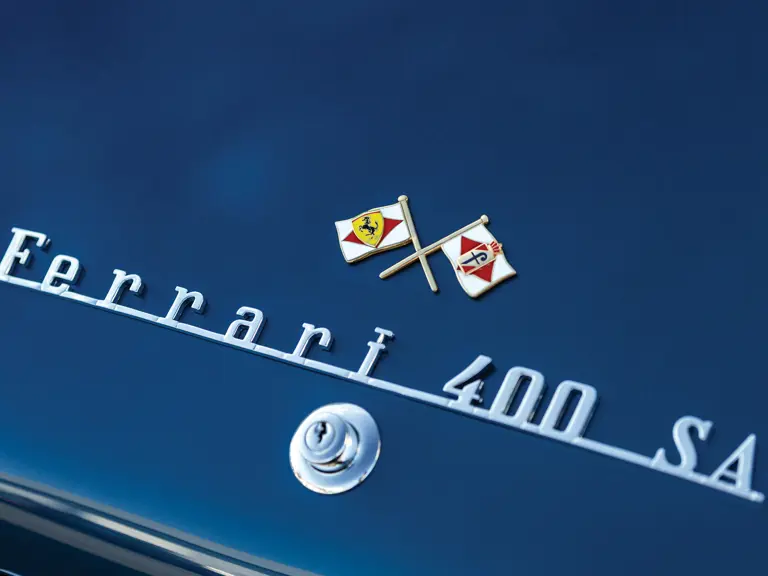
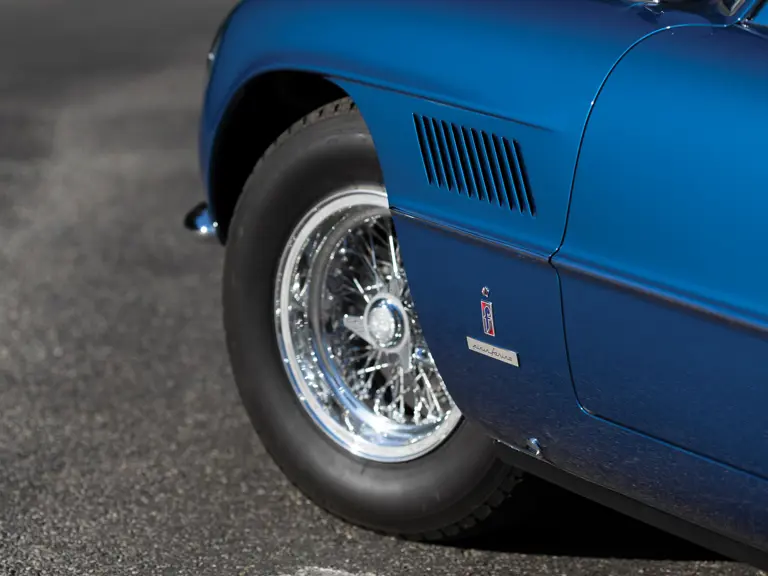
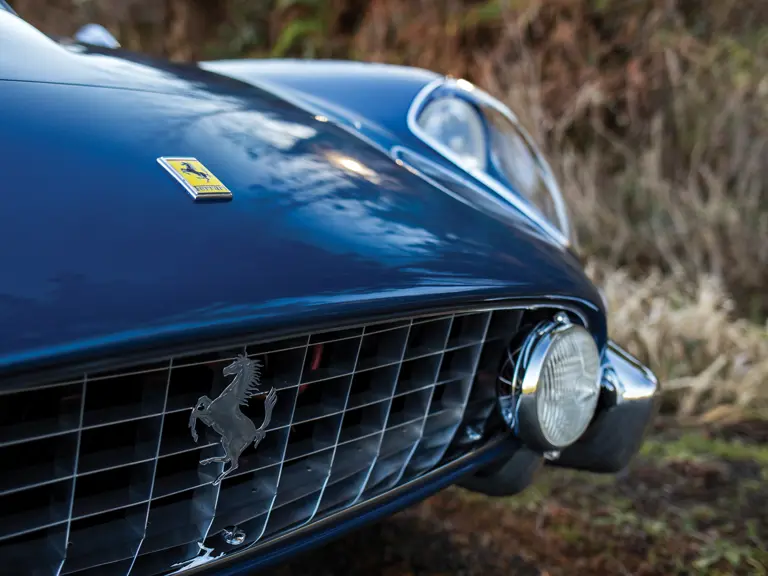
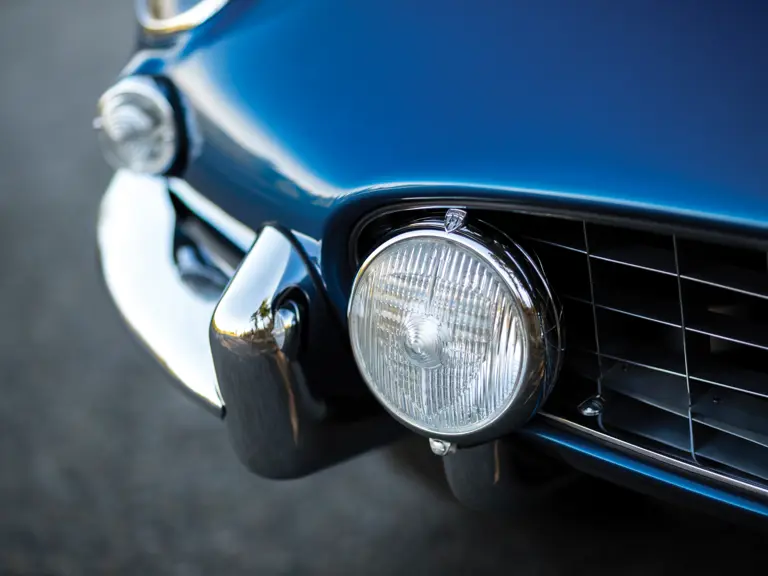
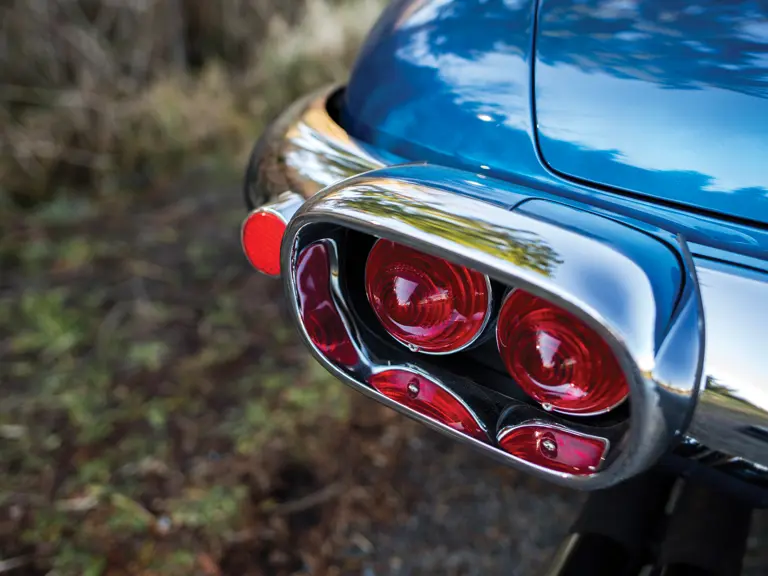
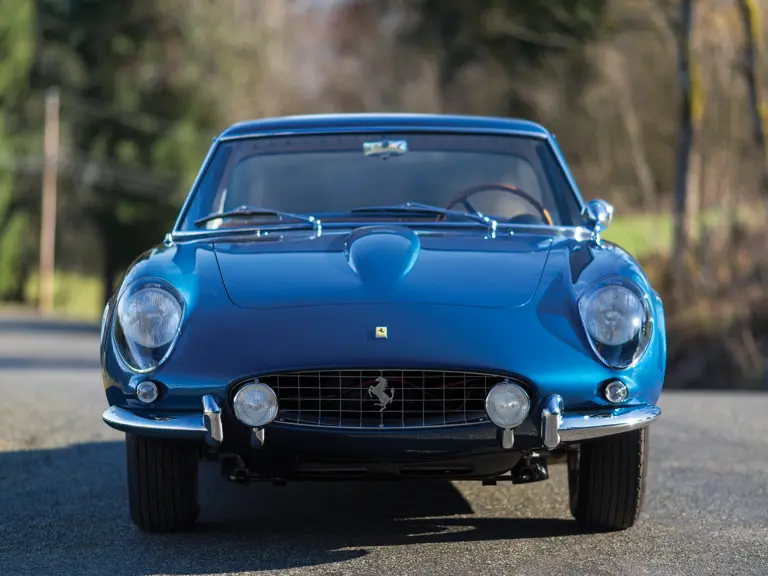
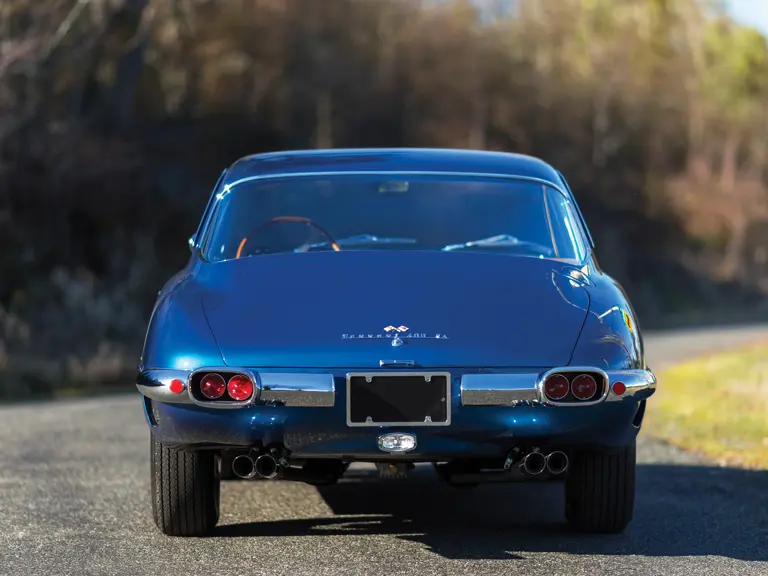
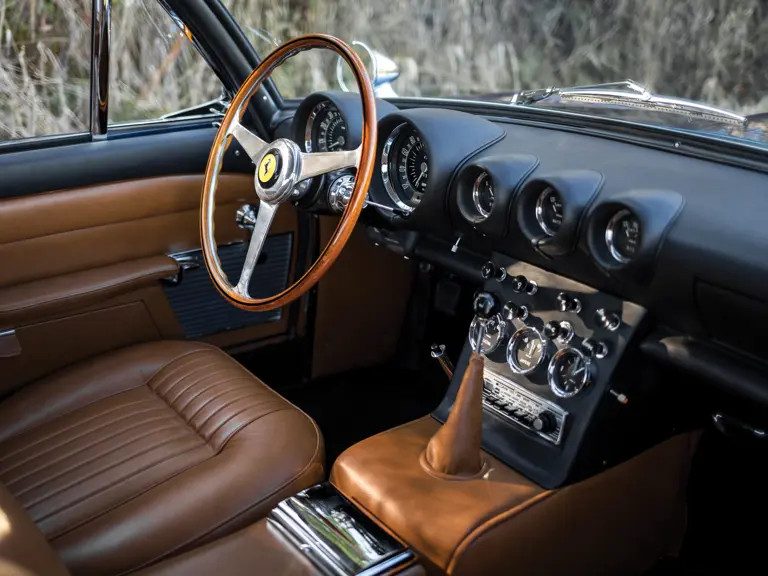
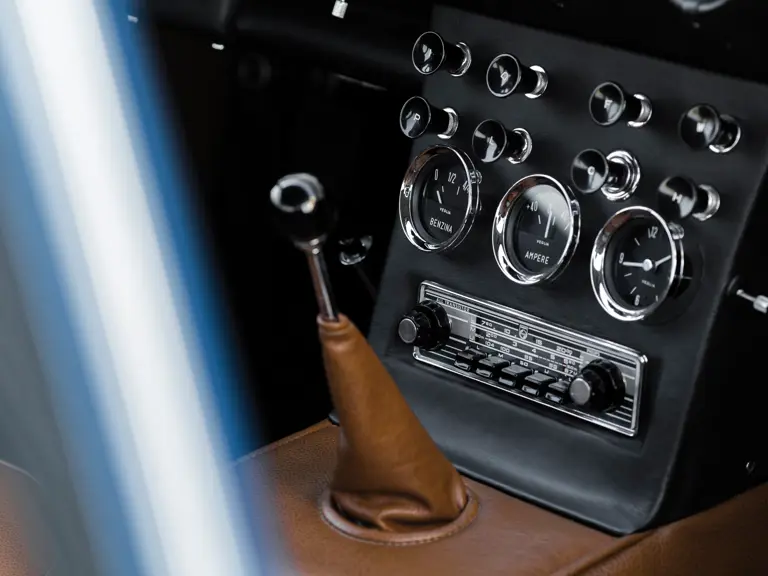
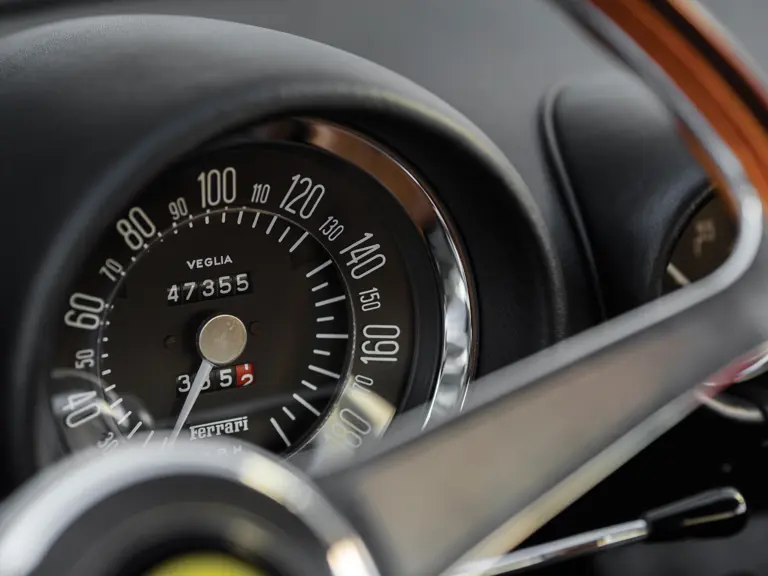
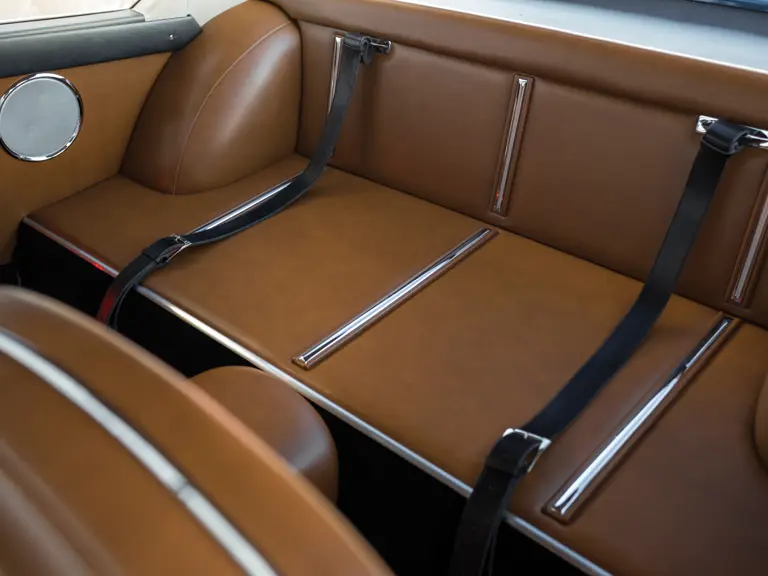
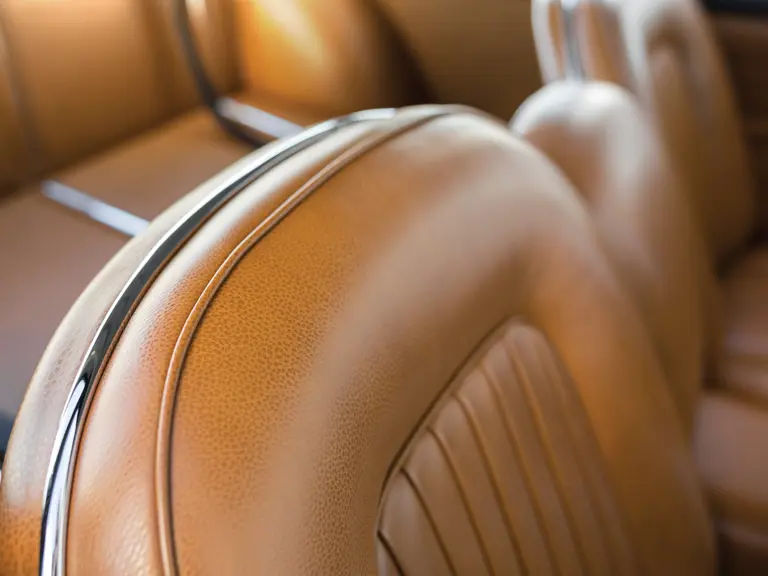
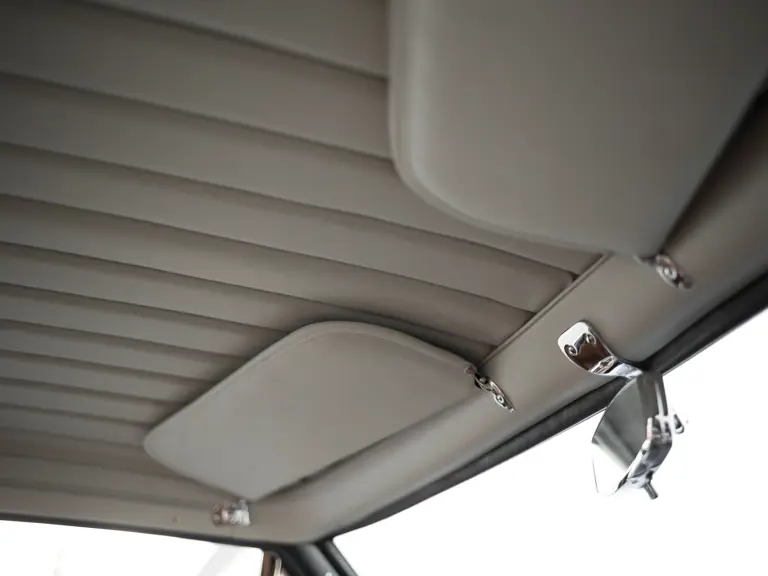
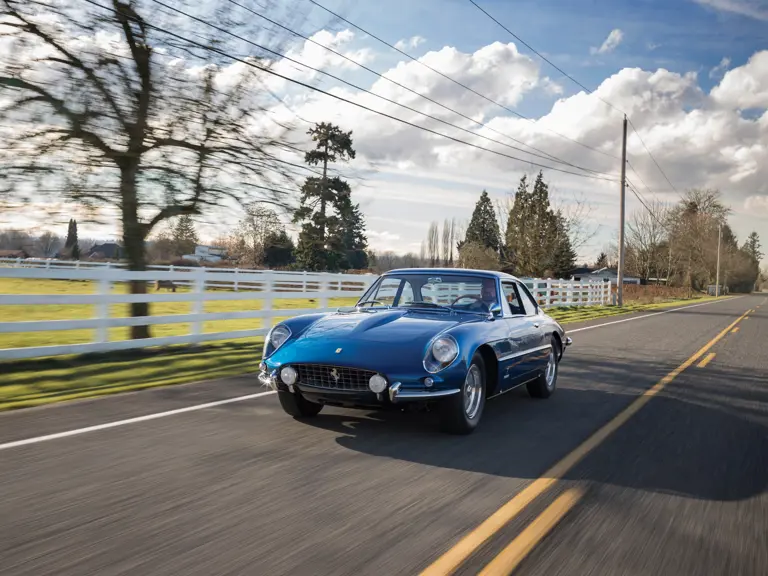
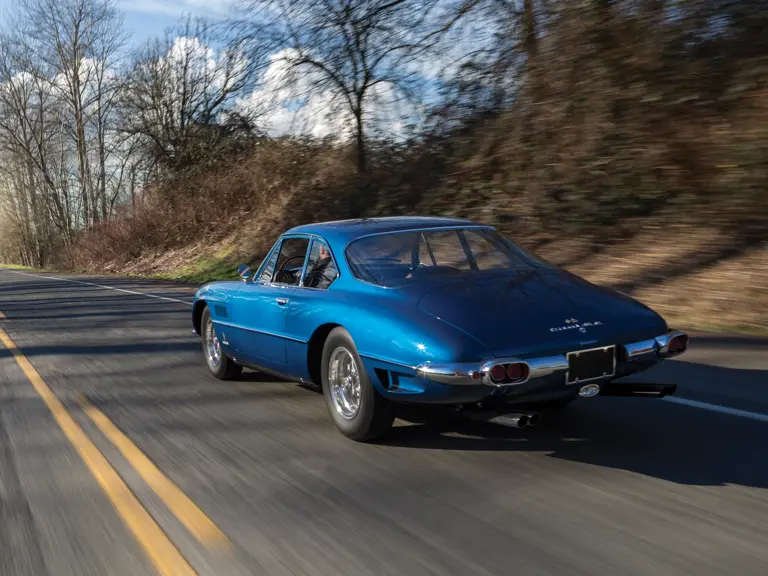


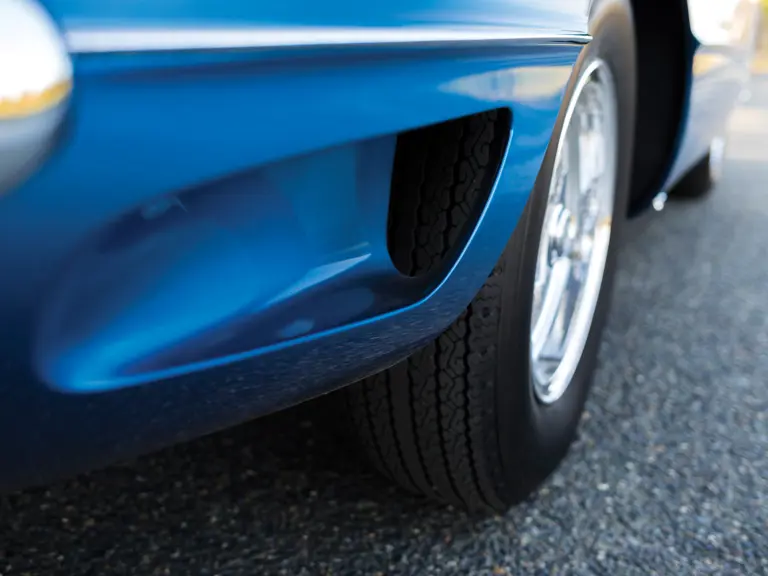

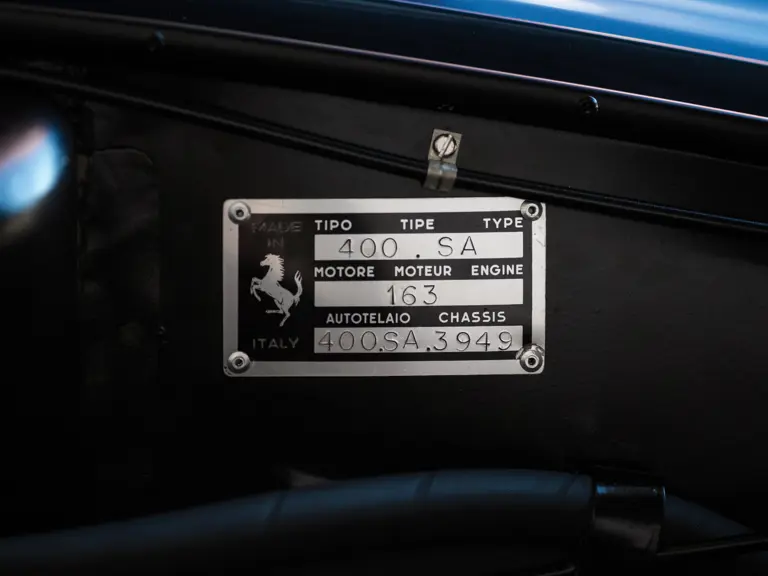

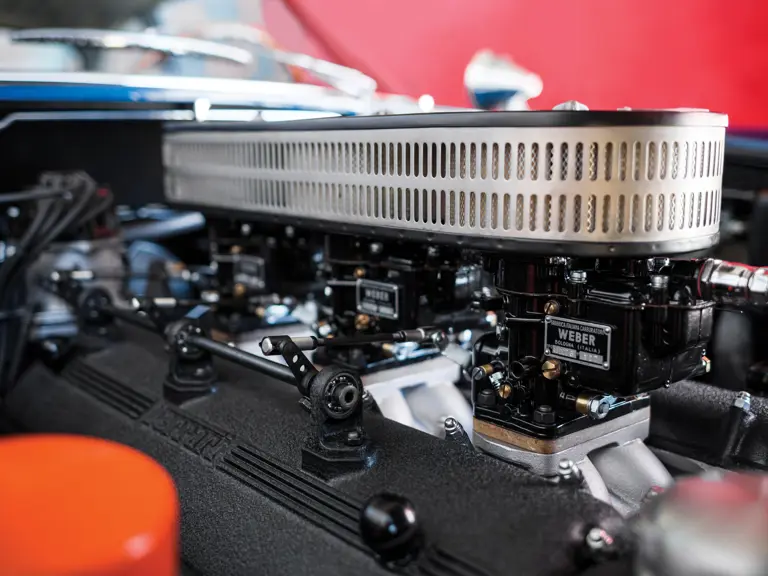
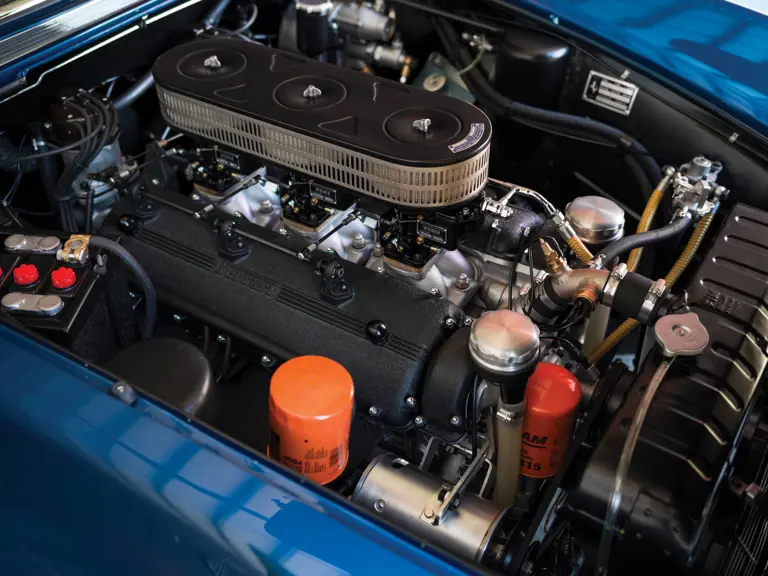
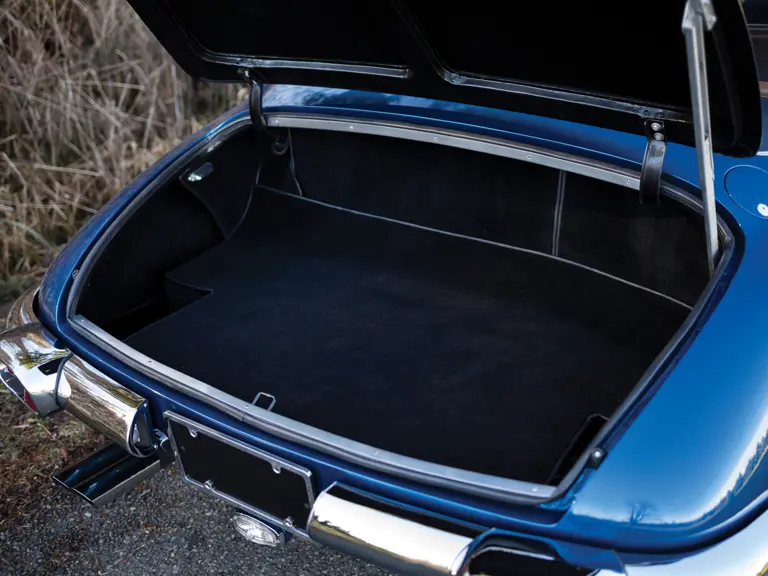
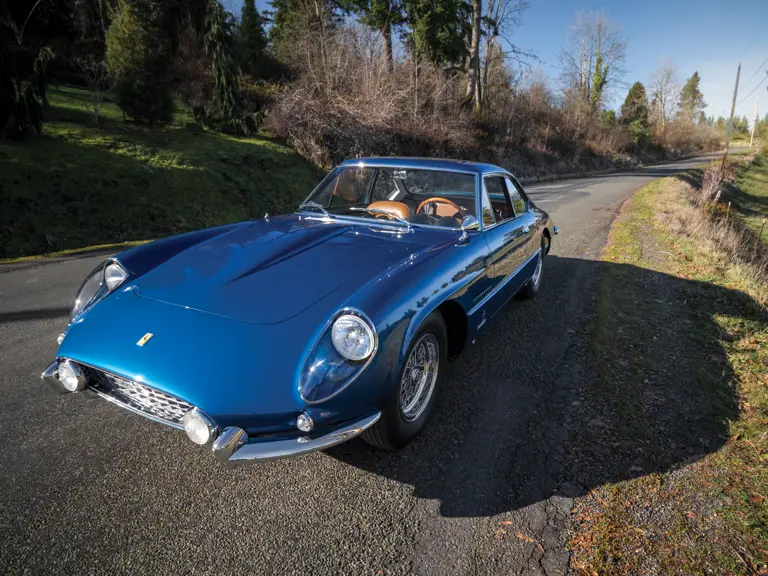
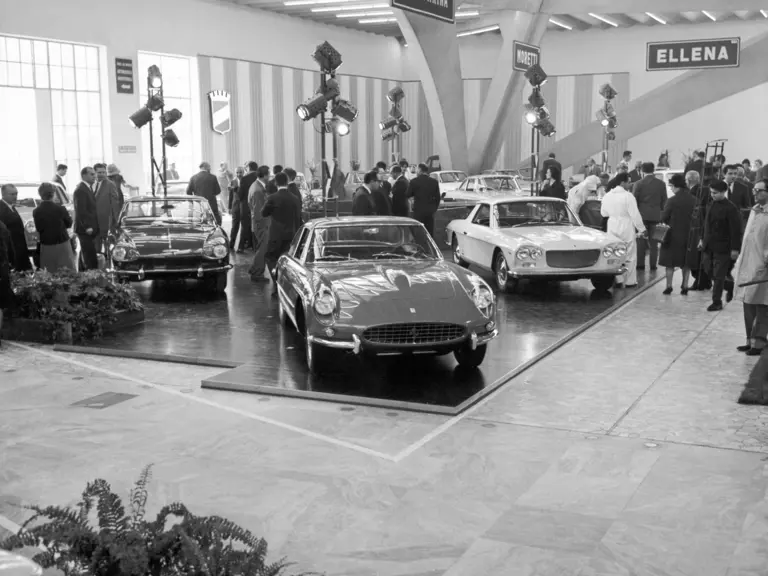
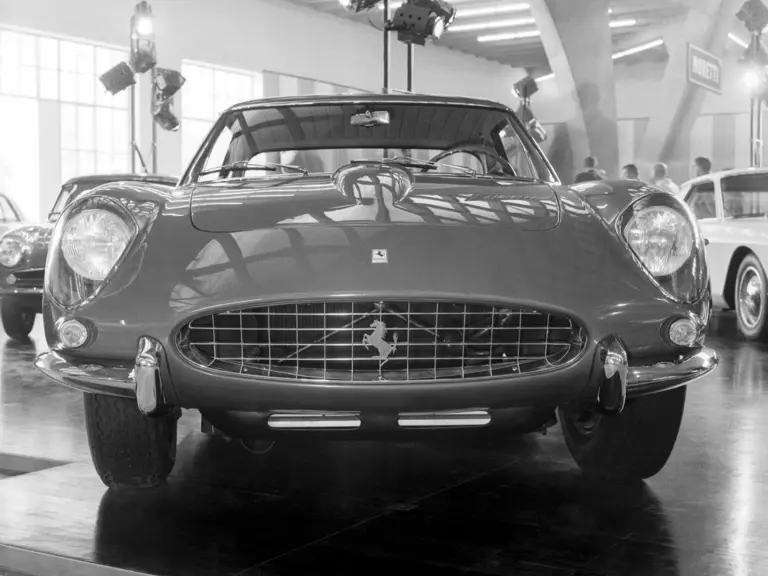
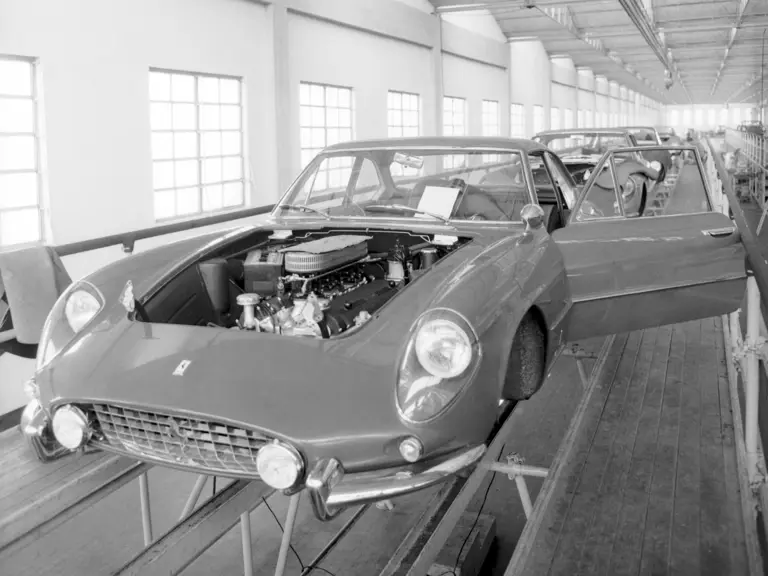
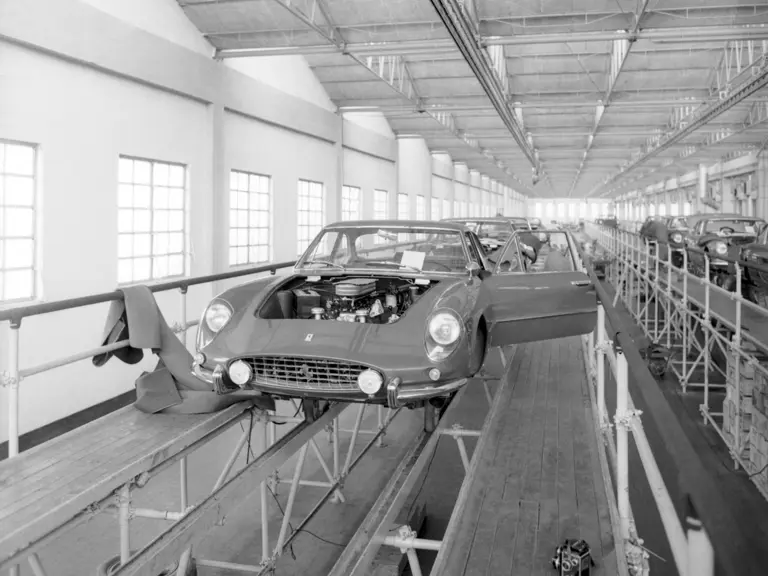

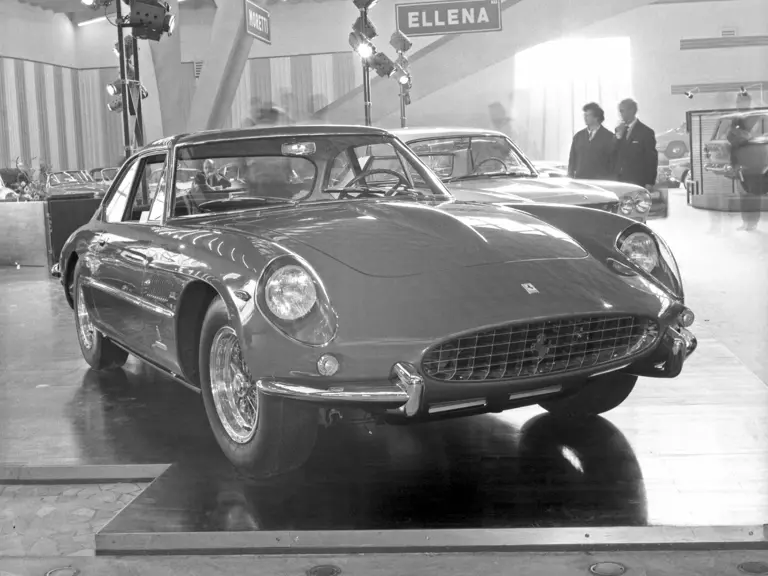
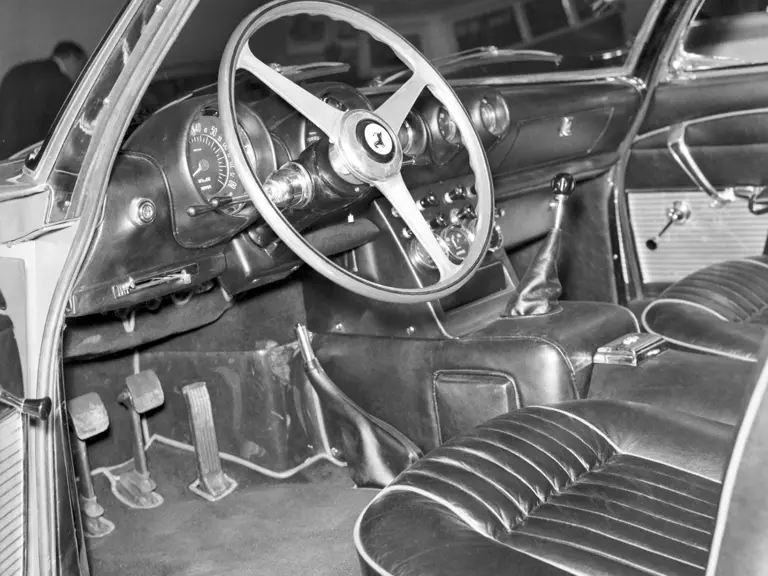
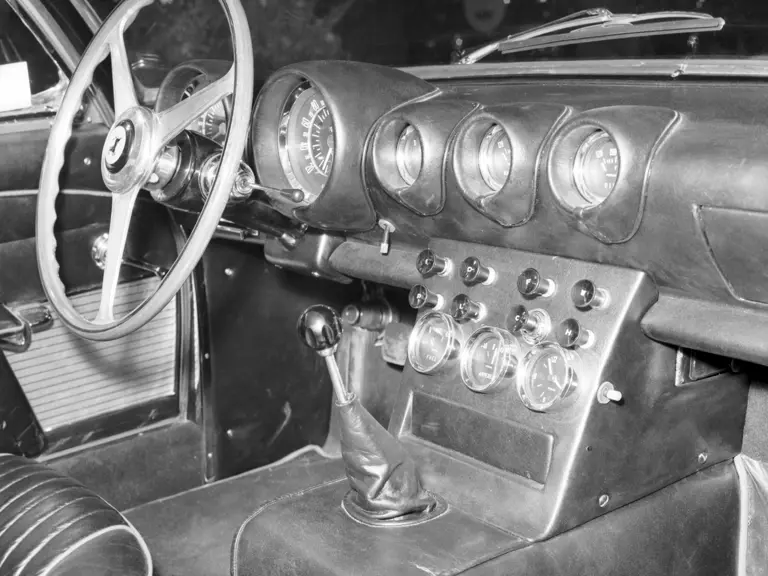
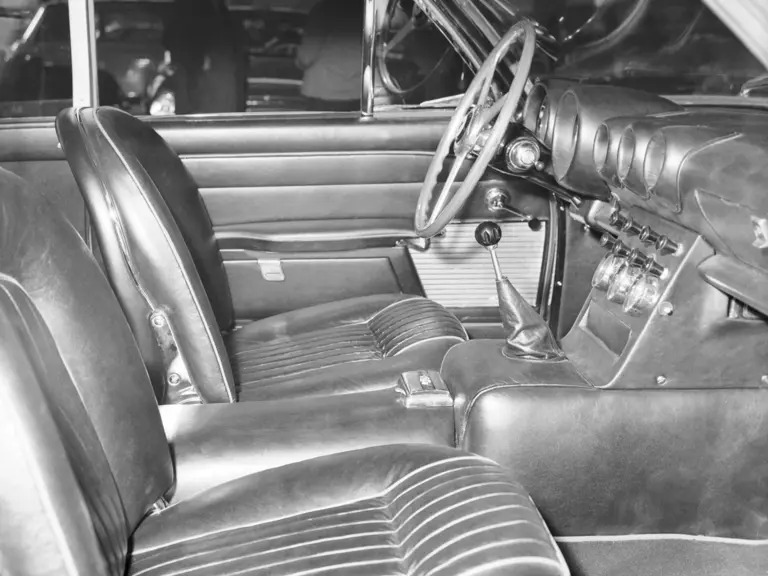
 | Amelia Island, Florida
| Amelia Island, Florida
